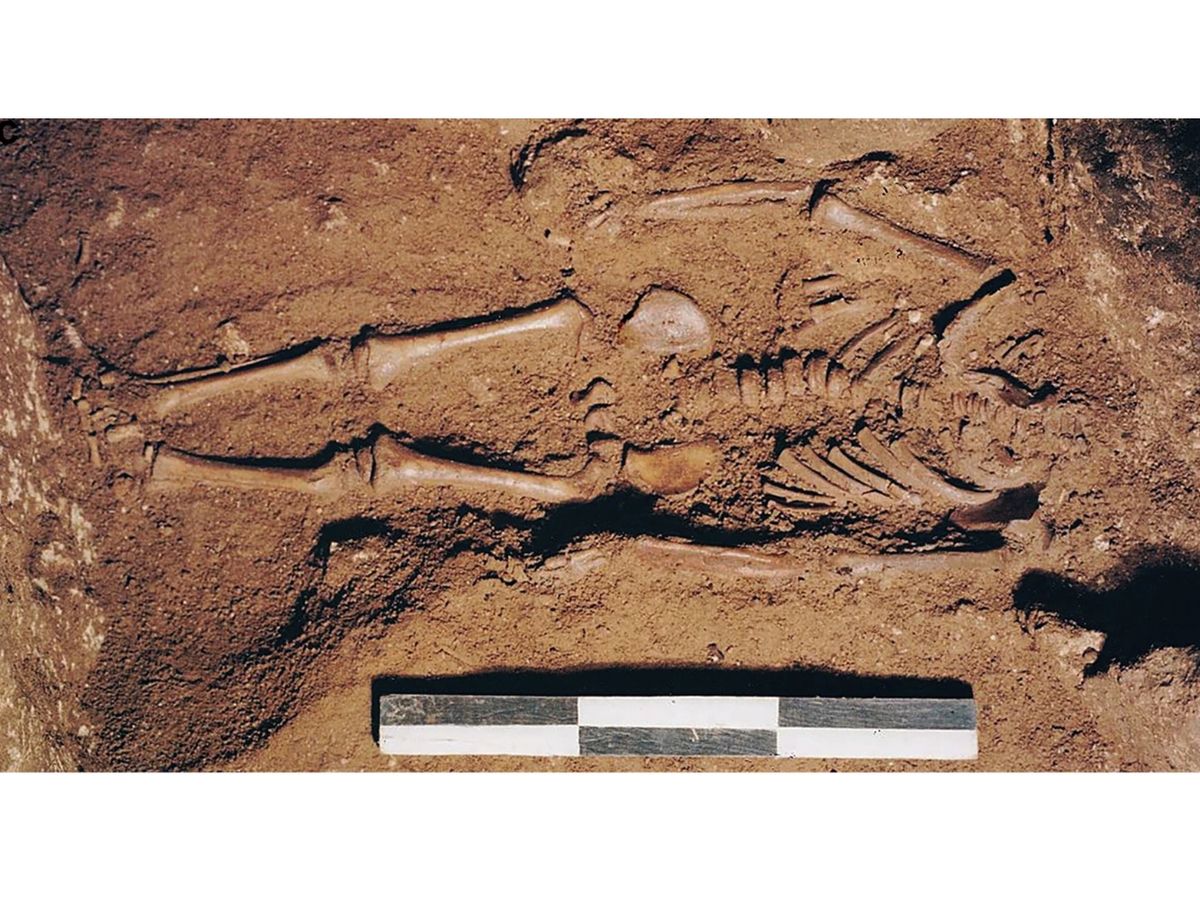Summary
Researchers analyzed the 17,000-year-old remains of an Ice Age infant found in a southern Italian cave, uncovering details about his life, ancestry, and cause of death.
The child likely had dark skin, blue eyes, and curly hair, and his genome links him to the Villabruna cluster, an ancient post-Ice Age population.
He died from a genetic heart condition and showed signs of malnutrition and stress, likely linked to his mother’s difficult pregnancy.
This well-preserved skeleton offers rare insights into human life and health during the Last Glacial Maximum.
A bit clickbait title:
The boy’s skin was darker than most modern Europeans’ but not as dark as a tropically acclimated person’s, Modi says, and his pale blue eyes match those of other ancient western European hunter-gatherers. The infant also appears to be an ancestor of the Villabruna cluster—a group of post-Ice Age people who lived up to 14,000 years ago—suggesting the Villabruna line began in southern Europe well before the end of the Ice Age, per the study.
I would be interested if some relatives are still living nearby. Remember I read an article about some bog mummy from England, and they found direct descendants living in a nearby village.
I don’t think the infant is an ancestor of anyone. But I’m no expert in this field.
Yes, that’s why I wrote “relatives”.
But if he was a monozygotic twin, he could have genetic descendants from his brother.
Yes, it was in the quote. ;-) Not your reaction to it.
The infant also appears to be an ancestor of…



